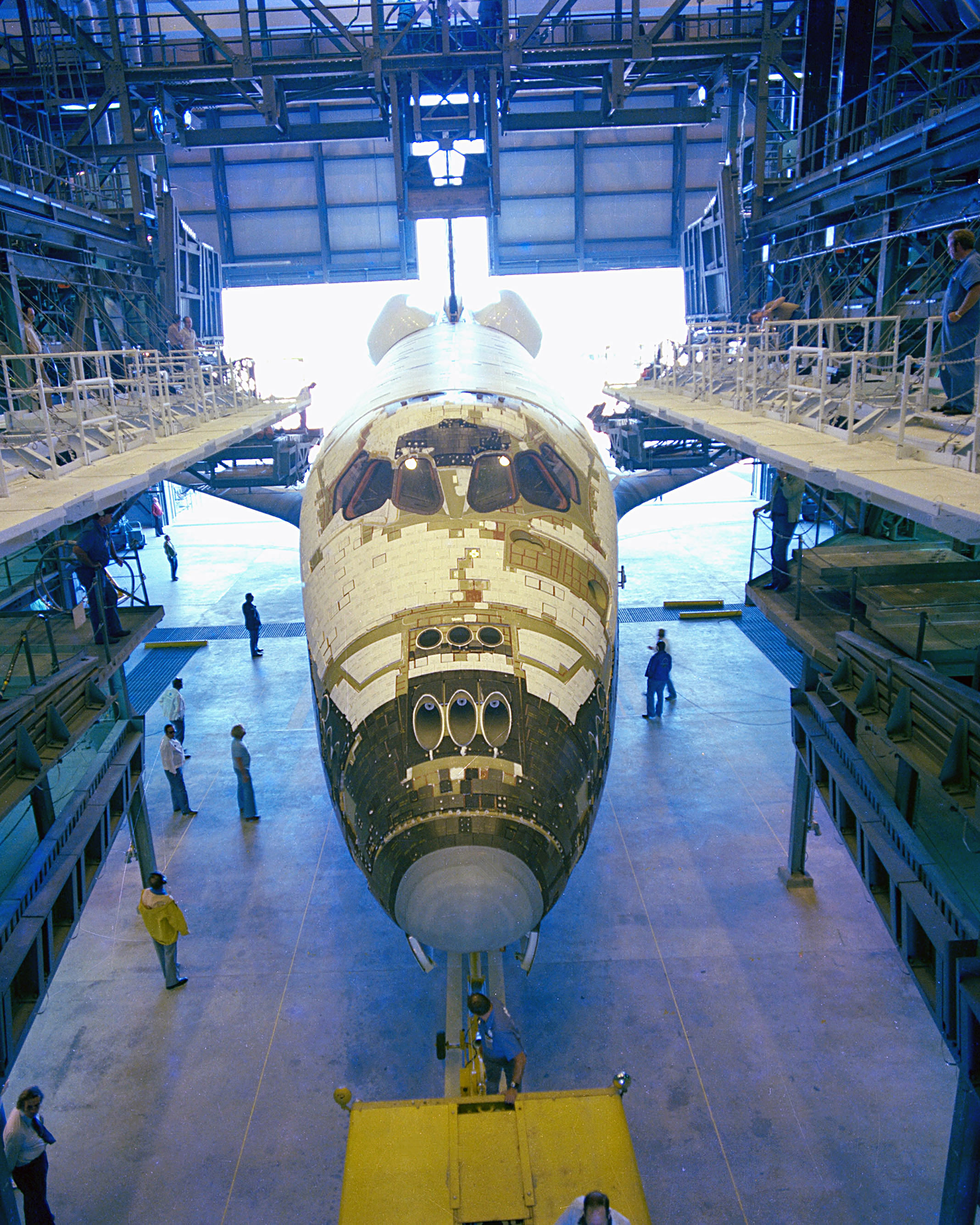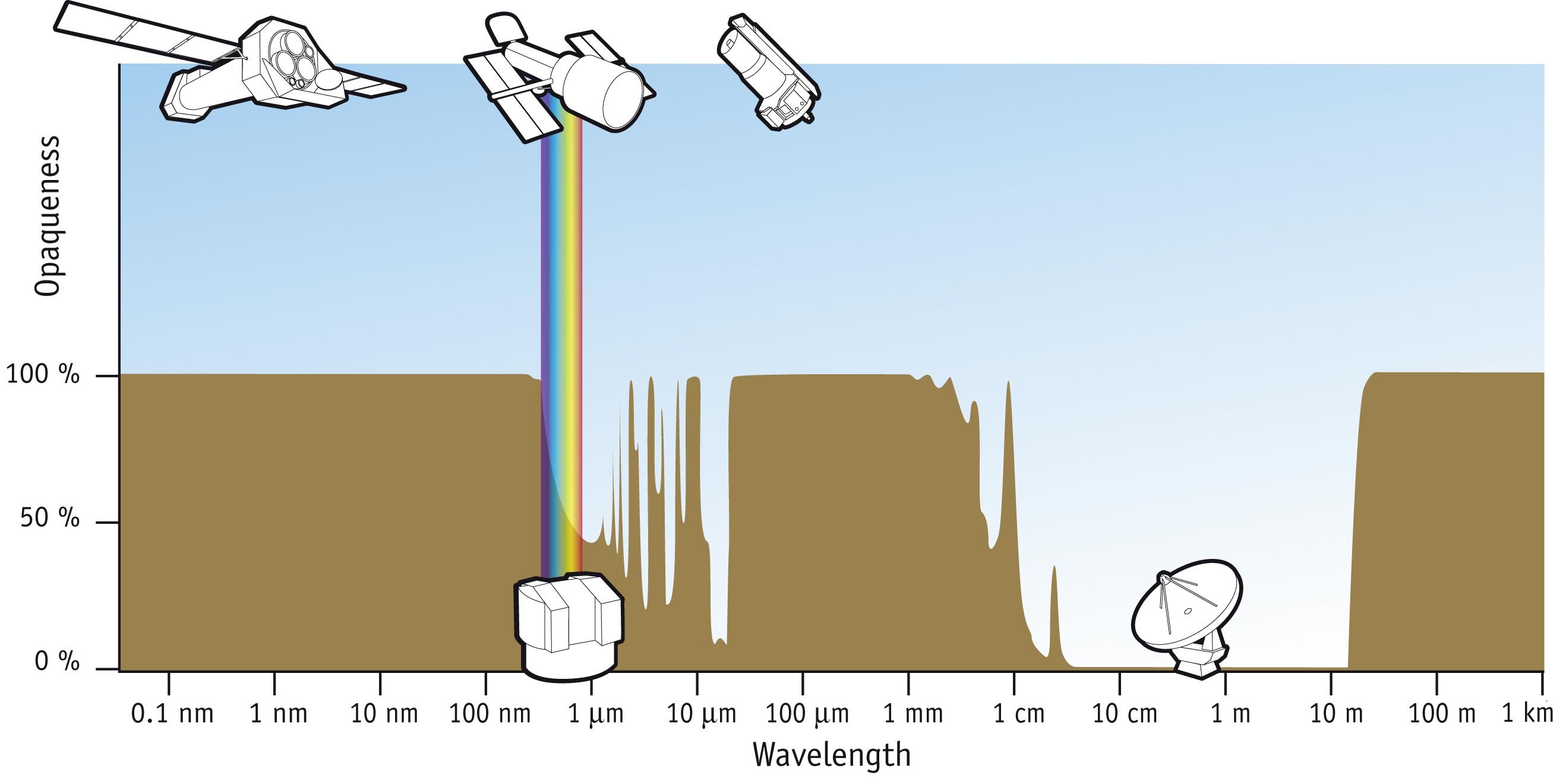|
Broad Band X-ray Telescope
The Broad Band X-ray Telescope (BBXRT) was flown on the Space Shuttle Columbia, Space Shuttle ''Columbia'' (STS-35) from December 2 through December 11, 1990 as part of the ASTRO-1 payload. The flight of BBXRT marked the first opportunity for performing X-ray astronomy, X-ray observations over a broad energy range (0.3-12 kElectronvolt, eV) with a moderate energy resolution (typically 90 eV and 150 eV at 1 and 6 keV, respectively). BBXRT was co-mounted with three ultraviolet telescopes Hopkins Ultraviolet Telescope, HUT, WUPPE, and HIT for Astro-1 in 1990. This was, "..the first focusing X-ray telescope operating over a broad energy range 0.3-12 keV with a moderate energy resolution (90 eV at 1 keV and 150eV at 6 keV)." according to NASA. Hardware See also *Spacelab *X-ray astronomy *List of X-ray space telescopes References External linksBroad Band X-ray Telescope (BBXRT. GSFC. NASA) on the internet Space telescopes X-ray telescopes Crewed space observatories Spa ... [...More Info...] [...Related Items...] OR: [Wikipedia] [Google] [Baidu] |
STS-35 Astro-1 Flight
STS-35 was the tenth flight of Space Shuttle ''Columbia'', the 38th shuttle mission. It was devoted to astronomical observations with ASTRO-1, a Spacelab observatory consisting of four telescopes. The mission launched from Kennedy Space Center in Florida on December 2, 1990. Crew Prior to the ''Challenger'' disaster, this mission was slated to launch in March 1986 as STS-61-E. Jon A. McBride was originally assigned to command this mission, which would have been his second spaceflight. He chose to retire from NASA in May 1989 and was replaced as mission commander by Vance D. Brand. In addition, Richard N. Richards (as pilot) and David C. Leestma (as mission specialist), were replaced by Guy S. Gardner and John M. Lounge respectively. Fifty-nine-year-old Brand was the oldest astronaut to fly into space until F. Story Musgrave, 61 on STS-80 in 1996, and U.S. Senator John H. Glenn Jr., 77 when he flew on STS-95 in 1998. Crew seat assignments Preparations and lau ... [...More Info...] [...Related Items...] OR: [Wikipedia] [Google] [Baidu] |
STS035L
STS, or sts, may refer to: Medicine * Secondary traumatic stress, a condition which leads to a diminished ability to empathize * Sequence-tagged site, a gene-reference in genomics * Soft-tissue sarcoma * Staurosporine, an antibiotic * STS (gene), which codes for steroid sulfatase * Superior temporal sulcus * Sinus tarsi syndrome, a foot condition Places * Semipalatinsk Test Site for Soviet nuclear weapons * Staffordshire, county in England, Chapman code Transport * Cadillac STS, a luxury car * NASA Space Transportation System, the system in which the NASA shuttle is part of and only surviving component of; starting as a 1969 NASA proposal system for reusable space vehicles ** NASA Space Shuttle program, the shuttle program itself, whose mission were referred to with STS-numbering * Sail training ship, a ship prefix * Satellite Transit System, now called the SEA Underground, airport transit in Seattle-Tacoma International Airport * Ship-to-ship transfer, between seagoing ships ... [...More Info...] [...Related Items...] OR: [Wikipedia] [Google] [Baidu] |
Space Shuttle Columbia
Space Shuttle ''Columbia'' (OV-102) was a Space Shuttle orbiter manufactured by Rockwell International and operated by NASA. Named after the Columbia Rediviva, first American ship to circumnavigate the globe, and the Columbia (personification), female personification of the United States, ''Columbia'' was the first of five Space Shuttle orbiters to fly in space, debuting the Space Shuttle, Space Shuttle launch vehicle on STS-1, its maiden flight on April 12, 1981 and becoming the first spacecraft to be re-used after its first flight when it launched on STS-2 on November 12, 1981. As only the second full-scale orbiter to be manufactured after the Approach and Landing Tests, Approach and Landing Test vehicle ''Space Shuttle Enterprise, Enterprise'', ''Columbia'' retained unique external and internal features compared to later orbiters, such as test instrumentation and distinctive black Chine (aeronautics), chines. In addition to a heavier aft fuselage and the retention of an inter ... [...More Info...] [...Related Items...] OR: [Wikipedia] [Google] [Baidu] |
STS-35
STS-35 was the tenth flight of Space Shuttle ''Columbia'', the 38th shuttle mission. It was devoted to astronomical observations with ASTRO-1, a Spacelab observatory consisting of four telescopes. The mission launched from Kennedy Space Center in Florida on December 2, 1990. Crew Prior to the ''Challenger'' disaster, this mission was slated to launch in March 1986 as STS-61-E. Jon A. McBride was originally assigned to command this mission, which would have been his second spaceflight. He chose to retire from NASA in May 1989 and was replaced as mission commander by Vance D. Brand. In addition, Richard N. Richards (as pilot) and David C. Leestma (as mission specialist), were replaced by Guy S. Gardner and John M. Lounge respectively. Fifty-nine-year-old Brand was the oldest astronaut to fly into space until F. Story Musgrave, 61 on STS-80 in 1996, and U.S. Senator John H. Glenn Jr., 77 when he flew on STS-95 in 1998. Crew seat assignments Preparations and l ... [...More Info...] [...Related Items...] OR: [Wikipedia] [Google] [Baidu] |
X-ray Astronomy
X-ray astronomy is an observational branch of astronomy which deals with the study of X-ray observation and detection from astronomical objects. X-radiation is absorbed by the Earth's atmosphere, so instruments to detect X-rays must be taken to high altitude by Balloon-borne telescope, balloons, sounding rockets, and X-ray astronomy satellite, satellites. X-ray astronomy uses a type of space telescope that can see x-ray radiation which standard optical telescopes, such as the Mauna Kea Observatories, cannot. X-ray generation, X-ray emission is expected from astronomical objects that contain extremely hot gases at temperatures from about a million kelvin (K) to hundreds of millions of kelvin (MK). Moreover, the maintenance of the E-layer of ionized gas high in the Earth's thermosphere also suggested a strong extraterrestrial source of X-rays. Although theory predicted that the Sun and the stars would be prominent X-ray sources, there was no way to verify this because Earth's atmo ... [...More Info...] [...Related Items...] OR: [Wikipedia] [Google] [Baidu] |
Electronvolt
In physics, an electronvolt (symbol eV), also written electron-volt and electron volt, is the measure of an amount of kinetic energy gained by a single electron accelerating through an Voltage, electric potential difference of one volt in vacuum. When used as a Units of energy, unit of energy, the numerical value of 1 eV in joules (symbol J) is equal to the numerical value of the Electric charge, charge of an electron in coulombs (symbol C). Under the 2019 revision of the SI, this sets 1 eV equal to the exact value Historically, the electronvolt was devised as a standard unit of measure through its usefulness in Particle accelerator#Electrostatic particle accelerators, electrostatic particle accelerator sciences, because a particle with electric charge ''q'' gains an energy after passing through a voltage of ''V''. Definition and use An electronvolt is the amount of energy gained or lost by a single electron when it moves through an Voltage, electric potential differenc ... [...More Info...] [...Related Items...] OR: [Wikipedia] [Google] [Baidu] |
Ultraviolet Telescope
Ultraviolet astronomy is the observation of electromagnetic radiation at ultraviolet wavelengths between approximately 10 and 320 nanometres; shorter wavelengths—higher energy photons—are studied by X-ray astronomy and gamma-ray astronomy. Ultraviolet light is not visible to the human eye. Most of the light at these wavelengths is absorbed by the Earth's atmosphere, so observations at these wavelengths must be performed from the upper atmosphere or from space. Overview Ultraviolet line spectrum measurements (spectroscopy) are used to discern the chemical composition, densities, and temperatures of the interstellar medium, and the temperature and composition of hot young stars. UV observations can also provide essential information about the evolution of galaxies. They can be used to discern the presence of a hot white dwarf or main sequence companion in orbit around a cooler star. The ultraviolet universe looks quite different from the familiar stars and galaxies s ... [...More Info...] [...Related Items...] OR: [Wikipedia] [Google] [Baidu] |
Hopkins Ultraviolet Telescope
The Hopkins Ultraviolet Telescope (HUT) was a space telescope designed to make spectroscopic observations in the far-ultraviolet region of the electromagnetic spectrum. It was flown into orbit on the Space Shuttle and operated from the Shuttle's payload bay on two occasions: in December 1990, as part of Shuttle mission STS-35, and in March 1995, as part of mission STS-67. HUT was designed and built by a team based at Johns Hopkins University, led by Arthur Davidsen. The telescope consisted of a 90 cm main mirror used to focus ultraviolet light onto a spectrograph situated at the prime focus. This instrument had a spectroscopic range of 82.5 to 185 nms, and a spectral resolution of about 0.3 nm. It weighed 789 kilograms (1736 pounds). HUT was used to observe a wide range of astrophysical sources, including supernova remnants, active galactic nuclei, cataclysmic variable stars, as well as various planets in the Solar System. During the 1990 flight, HUT was used to m ... [...More Info...] [...Related Items...] OR: [Wikipedia] [Google] [Baidu] |
Spacelab
Spacelab was a reusable laboratory developed by European Space Agency (ESA) and used on certain spaceflights flown by the Space Shuttle. The laboratory comprised multiple components, including a pressurized module, an unpressurized carrier, and other related hardware housed in the Shuttle's cargo bay. The components were arranged in various configurations to meet the needs of each spaceflight. Spacelab components flew on a total of about 32 Shuttle missions, depending on how such hardware and missions are tabulated. Spacelab allowed scientists to perform experiments in micro-g environment , microgravity in geocentric orbit. There was a variety of Spacelab-associated hardware, so a distinction can be made between the major Spacelab program missions with European scientists running missions in the Spacelab habitable module, missions running other Spacelab hardware experiments, and other Space Transportation System (STS) missions that used some component of Spacelab hardware. Th ... [...More Info...] [...Related Items...] OR: [Wikipedia] [Google] [Baidu] |
List Of X-ray Space Telescopes
This list of space telescopes (astronomical space observatories) is grouped by major frequency ranges: gamma ray, x-ray, ultraviolet, visible, infrared, microwave and radio. Telescopes that work in multiple frequency bands are included in all of the appropriate sections. Space telescopes that collect particles, such as cosmic ray nuclei and/or electrons, as well as instruments that aim to detect gravitational waves, are also listed. Missions with specific targets within the Solar System (e.g., the Sun and its planets), are excluded; see List of Solar System probes for these, and List of Earth observation satellites for missions targeting Earth. Two values are provided for the dimensions of the initial orbit. For telescopes in Earth orbit, the minimum and maximum altitude are given in kilometers. For telescopes in solar orbit, the minimum distance (periapsis) and the maximum distance (apoapsis) between the telescope and the center of mass of the Sun are given in astronomical unit ... [...More Info...] [...Related Items...] OR: [Wikipedia] [Google] [Baidu] |




